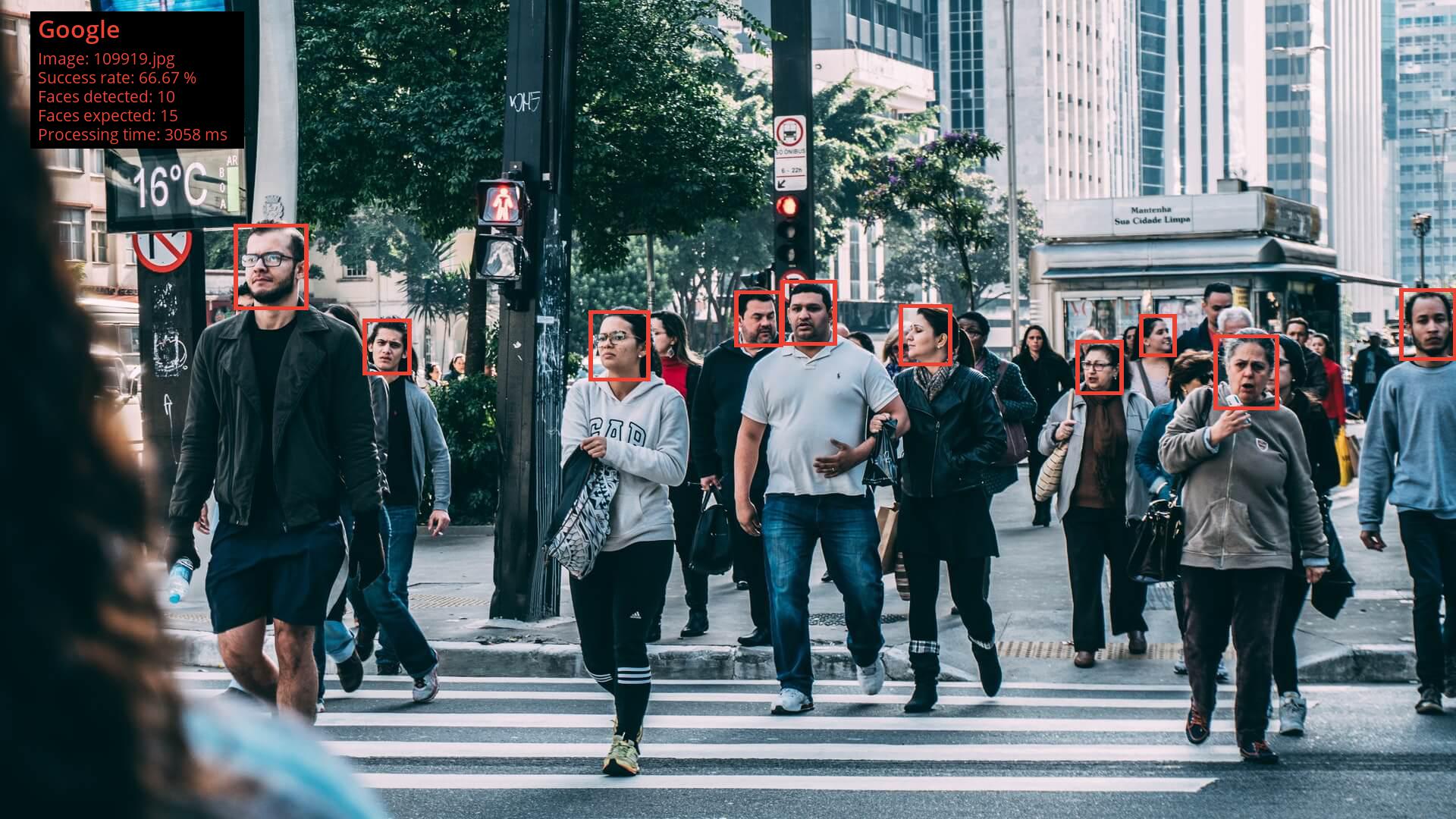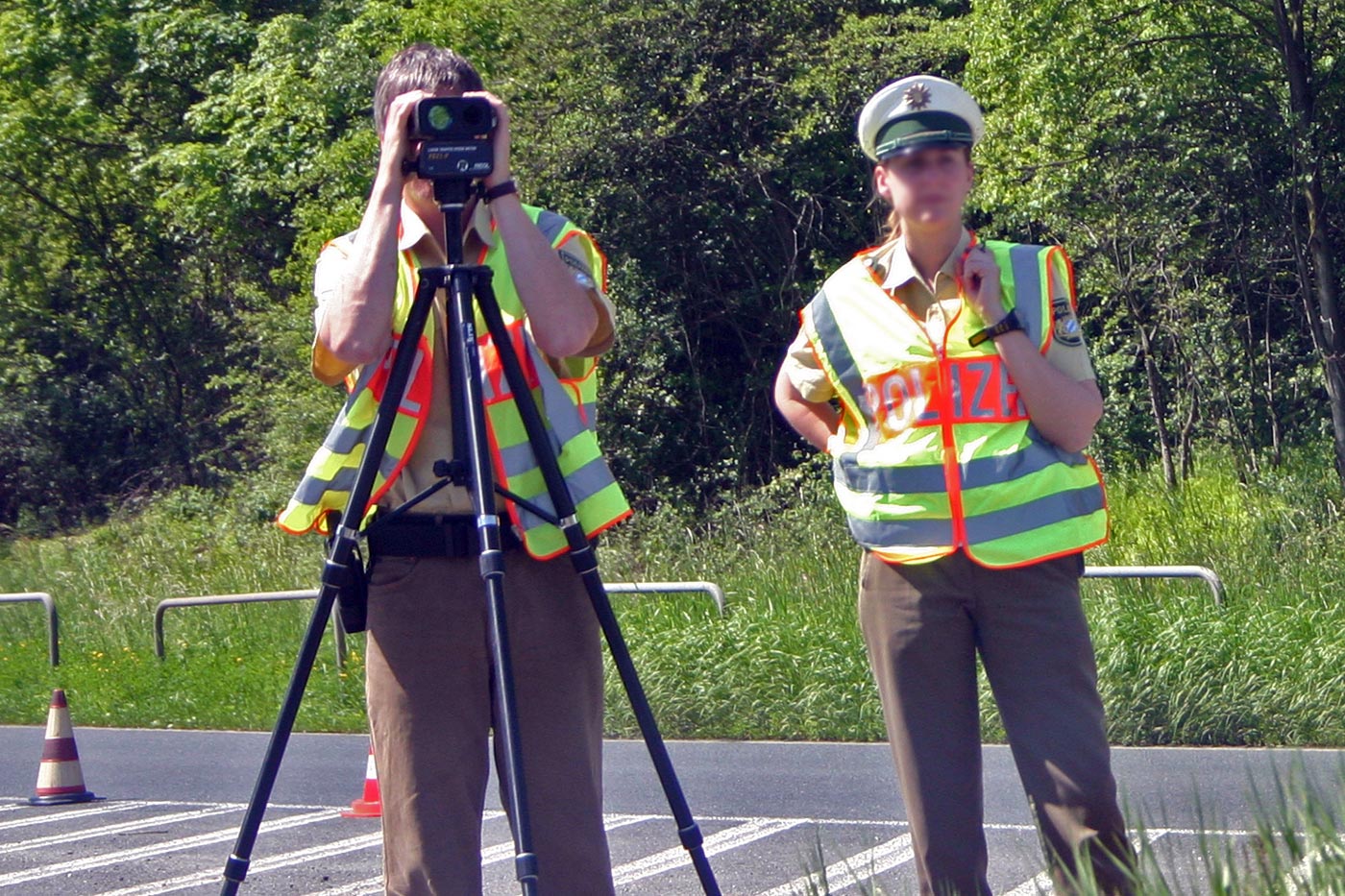March Robotics provides digital video surveillance solutions at the cutting edge of security and can be tailored to each project, allowing centralized command and control of an entire enterprise security network from a single location. March Robotics is a company that creates security surveillance and control systems by recording audio and video, analyzing patterns in video images, and transmitting digital data. An advanced March robotics program offers a level of intelligence and analytics previously only available to military and government applications. Whether government or any association is hoping to protect your property with a modified security wall arrangement, or an entrepreneur requiring a through and through framework outfitted with radar, seismic innovation, and early admonition examining, we can assist with innovation worked around your necessities including:
- •Facial Recognition with CCTV and Camera
- •Security Cameras
- •Automated license plate readers (ALPRs)
- •Radar speed gun and automatic case entry
- •Access Control Systems
- •Security Alarm Systems
- •And Other Customized Security Solutions
security solutions are all necessary for law enforcement and emergency management personnel to carry out their responsibilities successfully. March Robotics video management platform and the associated video analytics that law enforcement personnel require, agencies and staff can achieve their operational and strategic goals with greater efficiency, a variety of forensics tools, more real time information. Quicker than expected and for less expense. The management of prisons and correctional facilities both require similar tools, though typically in more tightly controlled settings with extremely high levels of mission critical requirements.

Face Detection and Facial Recognition
Face Detection and Facial Recognition technology can be utilized in a variety of ways to keep the people we serve safe, including to prevent and detect crime, locate wanted criminals, safeguard vulnerable individuals, and protect individuals from harm. The following are typical police applications of FR technology:
- •As a continuous guide to assist officials with assisting them with finding individuals a looked for by the on a watchlist police
- •As an operator-initiated tool for officers who decide to take an image of a person and use facial recognition software to identify them. Even if the person gives false or misleading information, this helps the police. This application of FR can also help in identifying a person who is seriously injured, unconscious or unable to communicate.
- •As a system that can be used retrospectively following an incident to assist officers in determining a person's identity or whether their image matches that of other media stored in databases.


Number Plate Recognition:
The technology known as automatic number plate recognition (ANPR) reads registration plates on images using optical character recognition to generate location data for vehicles. It can make use of closed-circuit television that is already in use, cameras used to enforce road rules, or cameras made just for this purpose. Around the world, ANPR is used by police departments for law enforcement purposes, such as determining whether a vehicle has a license or registration. It is likewise utilized for electronic cost assortment on pay-per-use streets and as a strategy for recording the developments of traffic, for instance by thruways organizations.
In addition to storing the text from the license plate and the images taken by the cameras, automatic number plate recognition can also be configured to store a picture of the driver. The camera can take a picture at any time of day or night thanks to systems that typically employ infrared lighting. ANPR innovation should consider plate varieties from one spot to another.
Automatic number plate recognition(ALPRs) are high velocity, PC controlled camera frameworks that are normally mounted on road posts, streetlamps, parkway bridges, tolls square on streets and extensions, portable trailers, or connected to police crew vehicles. ALPRs automatically record the location, time, and any license plate numbers that come into view. After that, the information is transferred to a centralized server, where it is accompanied by images of the vehicle and occasionally its driver and passengers. There are two primary uses for license plate readers by law enforcement:
Real-time investigations:
Officers can use ALPR to automatically identify or track specific vehicles in real time by adding a license plate to a "hot list." When a vehicle is stolen or associated with an outstanding warrant, license plates are frequently added to hot lists. If the vehicle has been observed at the scene of a crime, the owner is a suspect in a crime, or the vehicle is believed to be associated with a gang, officers may also add a plate number to the list. Low-level offenses are frequently included on hot lists.
Historical investigations:
Historical research is necessary because ALPRs typically collect information on all vehicles, not just those that are hot-listed. To search and analyze historical data, officers can use a plate, a portion of a plate, or a physical address. For instance, an official might enter the area of a corner shop to recognize vehicles seen close by at the hour of a burglary. After that, the officer will be able to look up those plate numbers and locate additional locations where that plate has been captured. Police say that ALPR data has been used to find missing children or recover stolen cars, among other things. However, ALPR data has also been utilized by law enforcement for the mass enforcement of lesser offenses, such as the search for uninsured drivers or individuals who owe court fees.

Radar speed gun and automatic case entry:
A radar speed gun is an electronic device used to measure the speed of a moving objects. A radar speed gun is frequently utilized in professional spectator sports, such as the measurement of cricket bowling speeds, pitched baseball speeds and tennis serves as well as to measure the speed of moving vehicles in law enforcement .
A radar speed firearm is a Doppler radar unit that might be hand-held, vehicle-mounted or static. By detecting a change in the frequency of the returned radar signal caused by the Doppler effect, it determines the speed of the objects it is aimed at. If an object is approaching, the frequency of the returned signal will increase in proportion to the object's speed of approach, while it will decrease if the object is moving away. Although modern speed gun instruments that use pulsed laser light instead of radar began to replace radar guns as old technology due to limitations associated with small radar systems such devices are frequently utilized for speed limit enforcement.
Authorities impose speed limits on the majority of public roads with the intention of increasing driver compliance. The police set up and run speed traps on the side of the road, and automated "speed camera" systems on the side of the road may use an automatic number plate recognition system. Customarily, cops utilized stopwatches to gauge the time taken for a vehicle to cover a known distance. Recent innovations include automated in-vehicle systems and radar guns.
